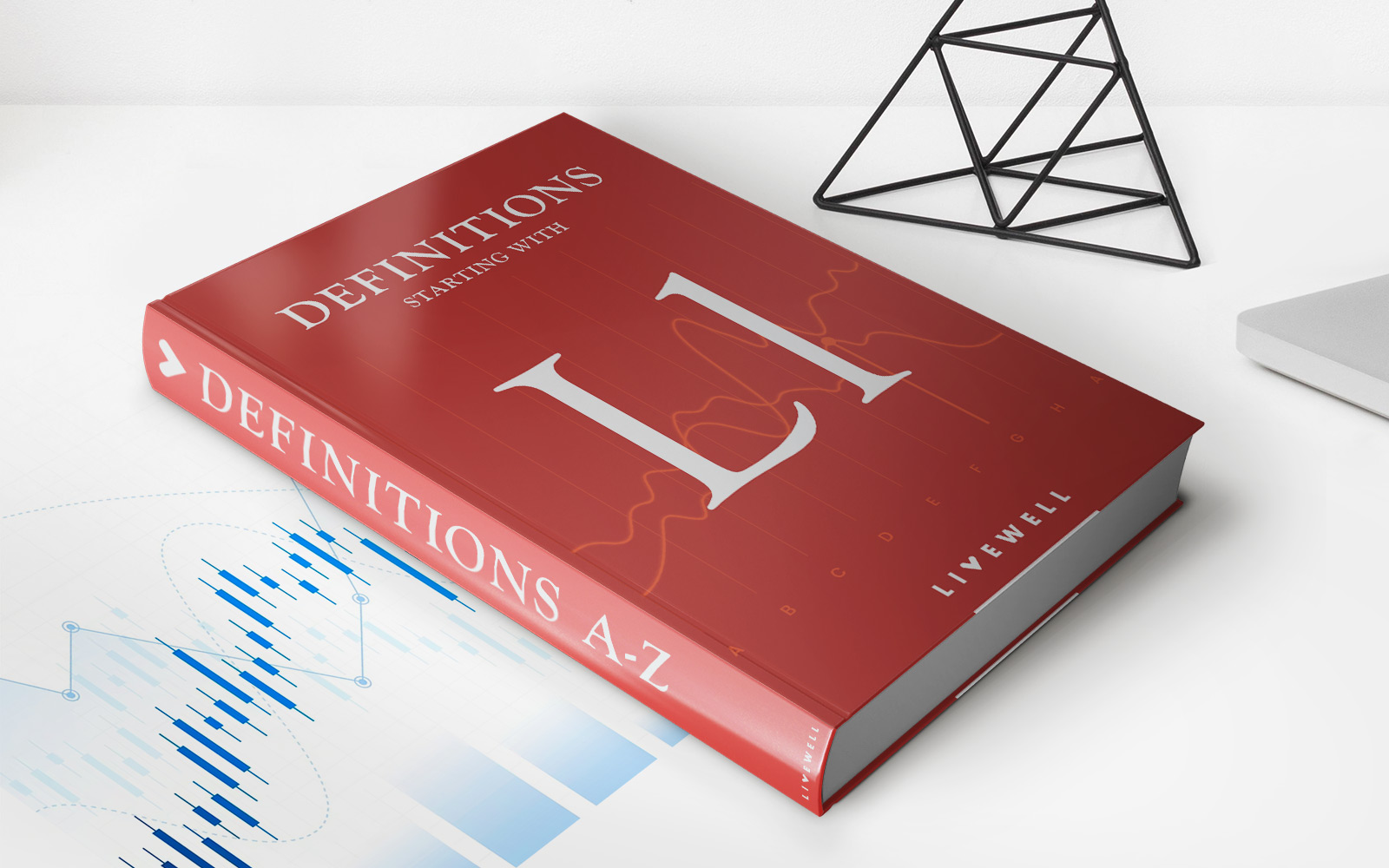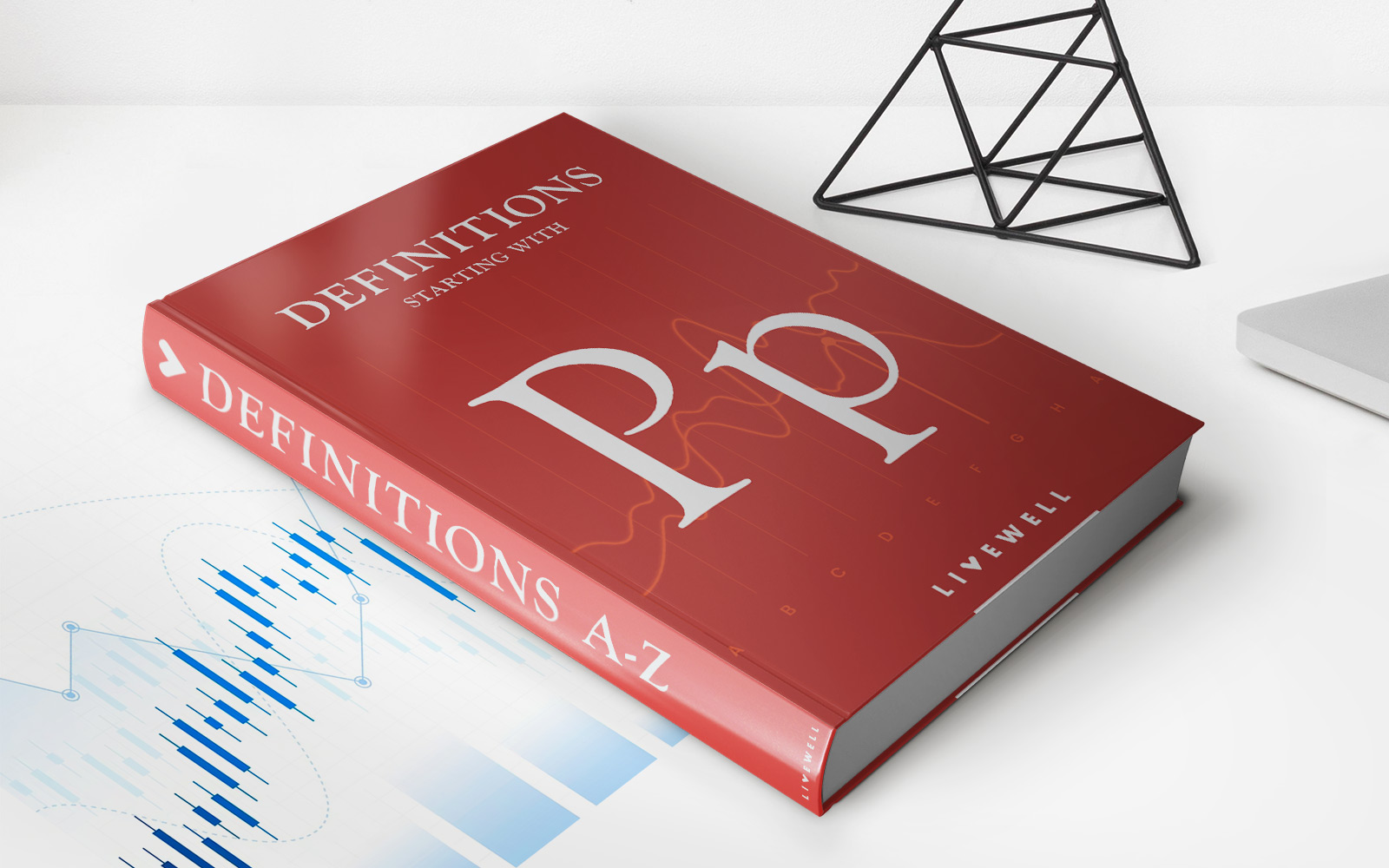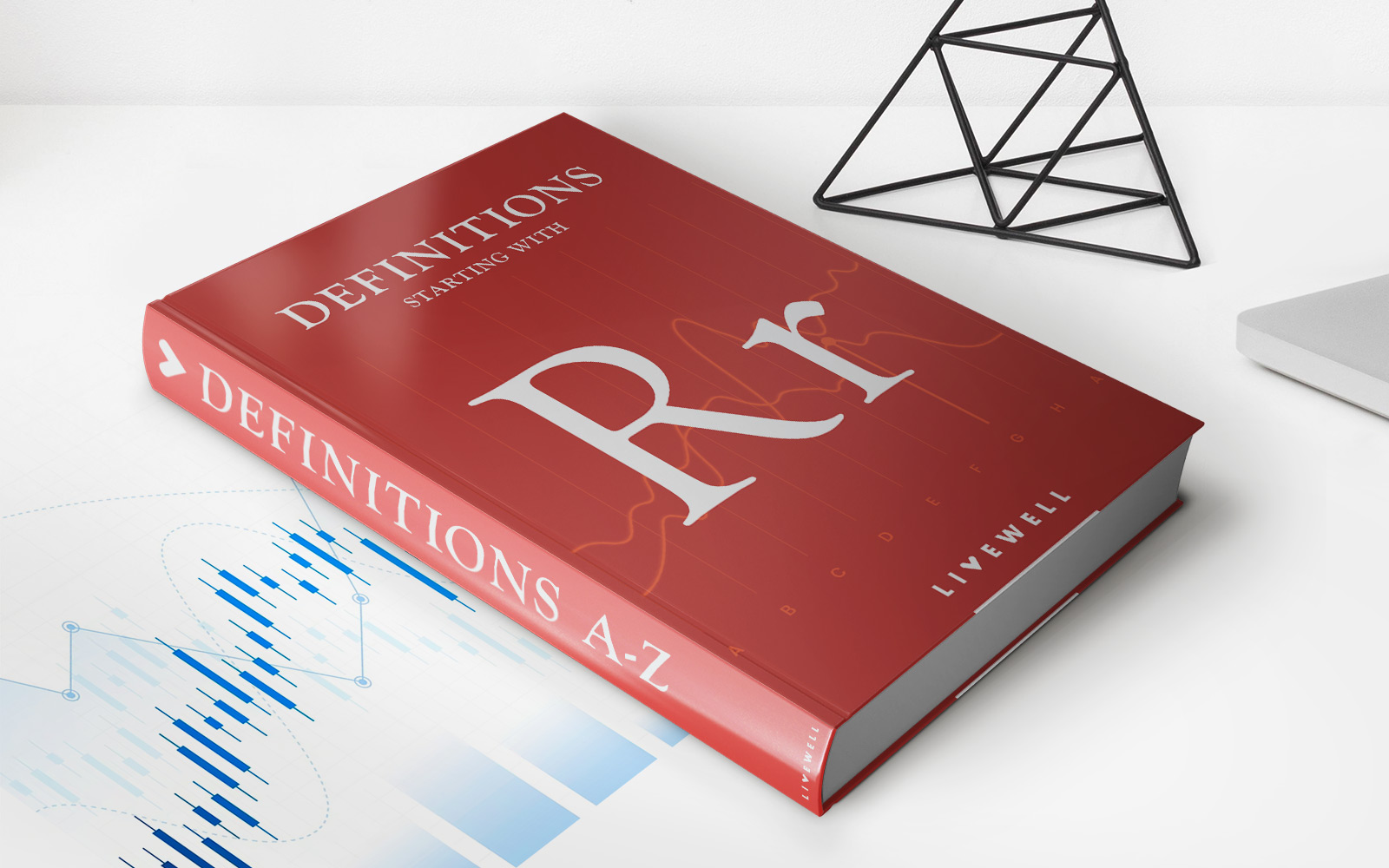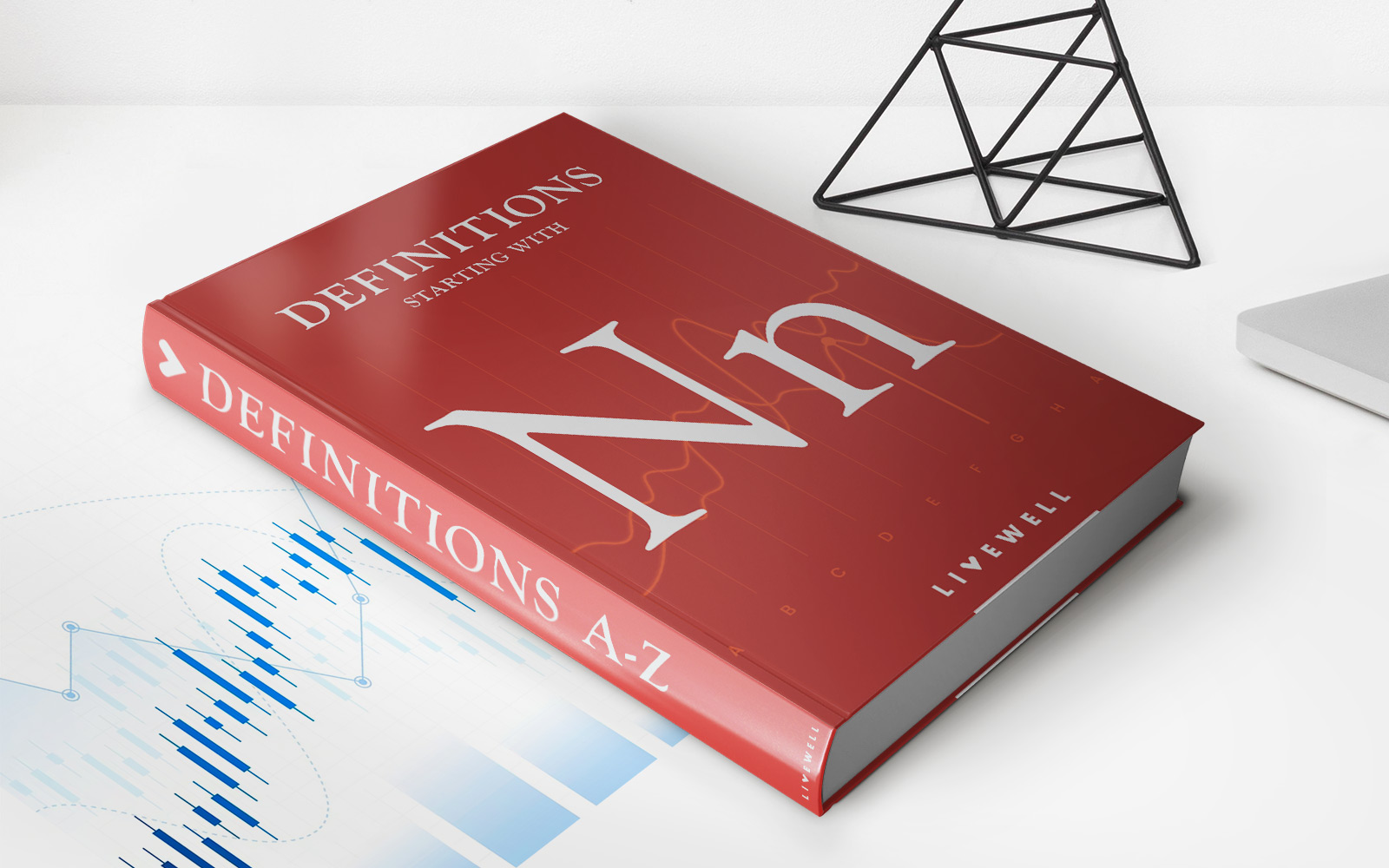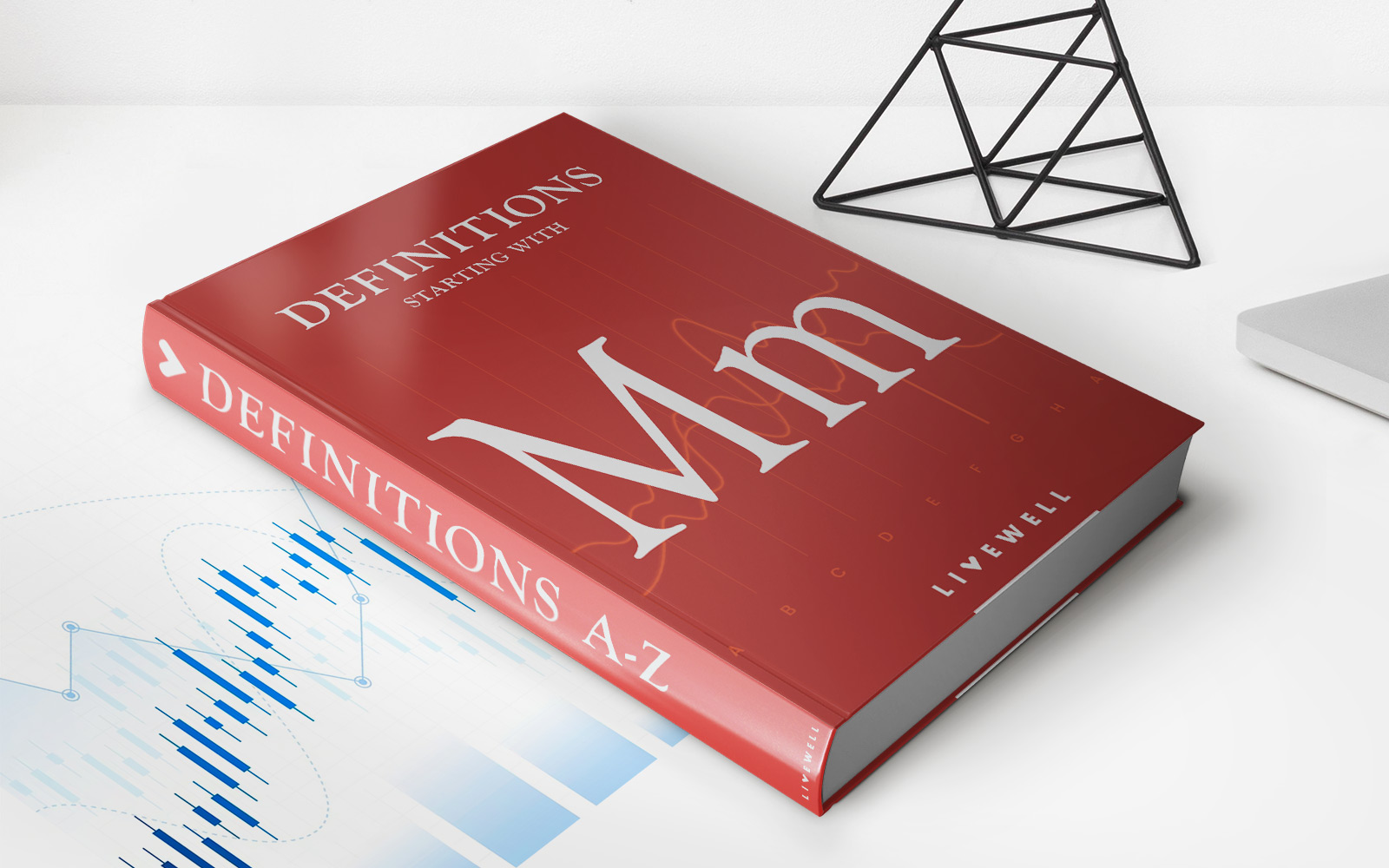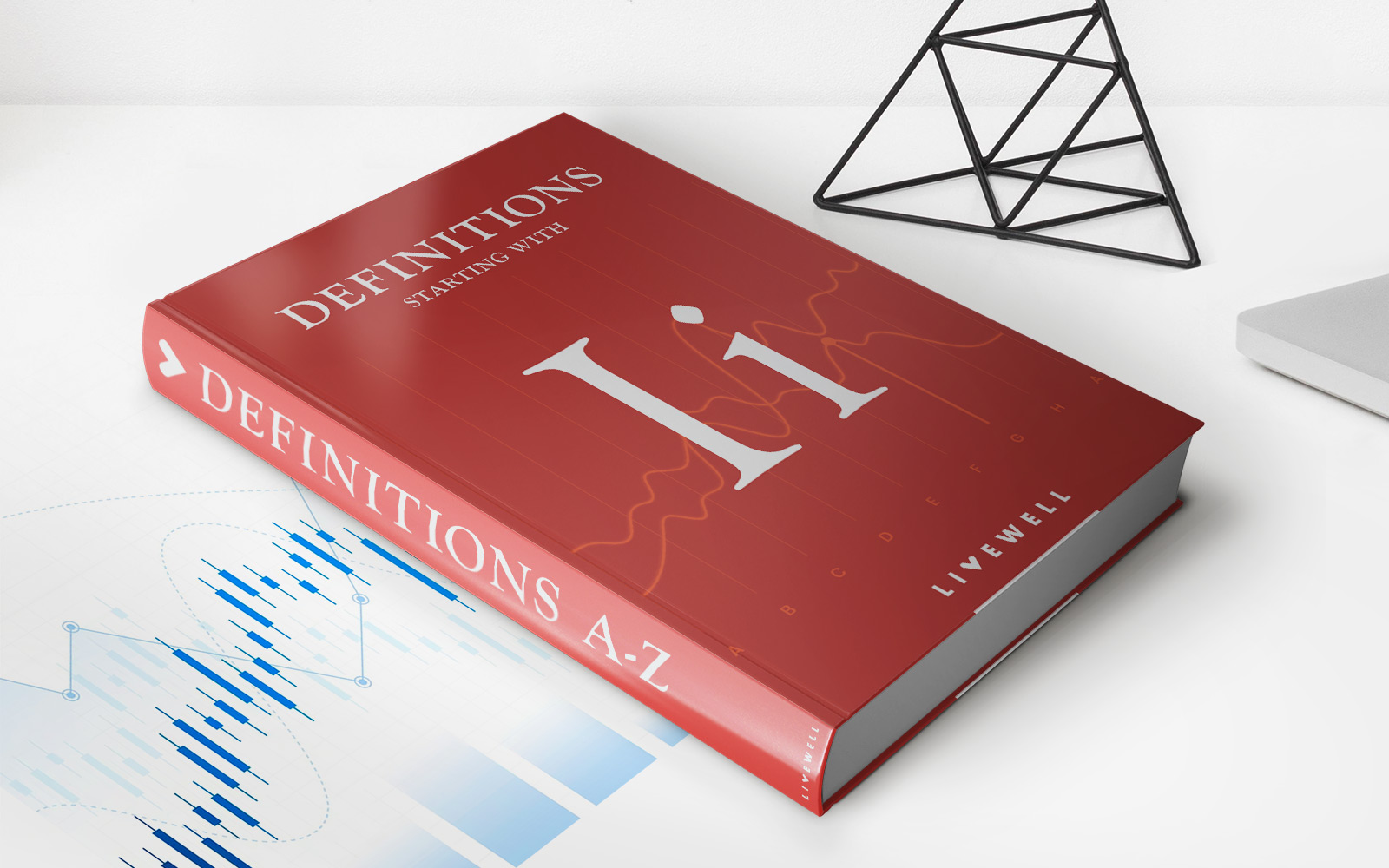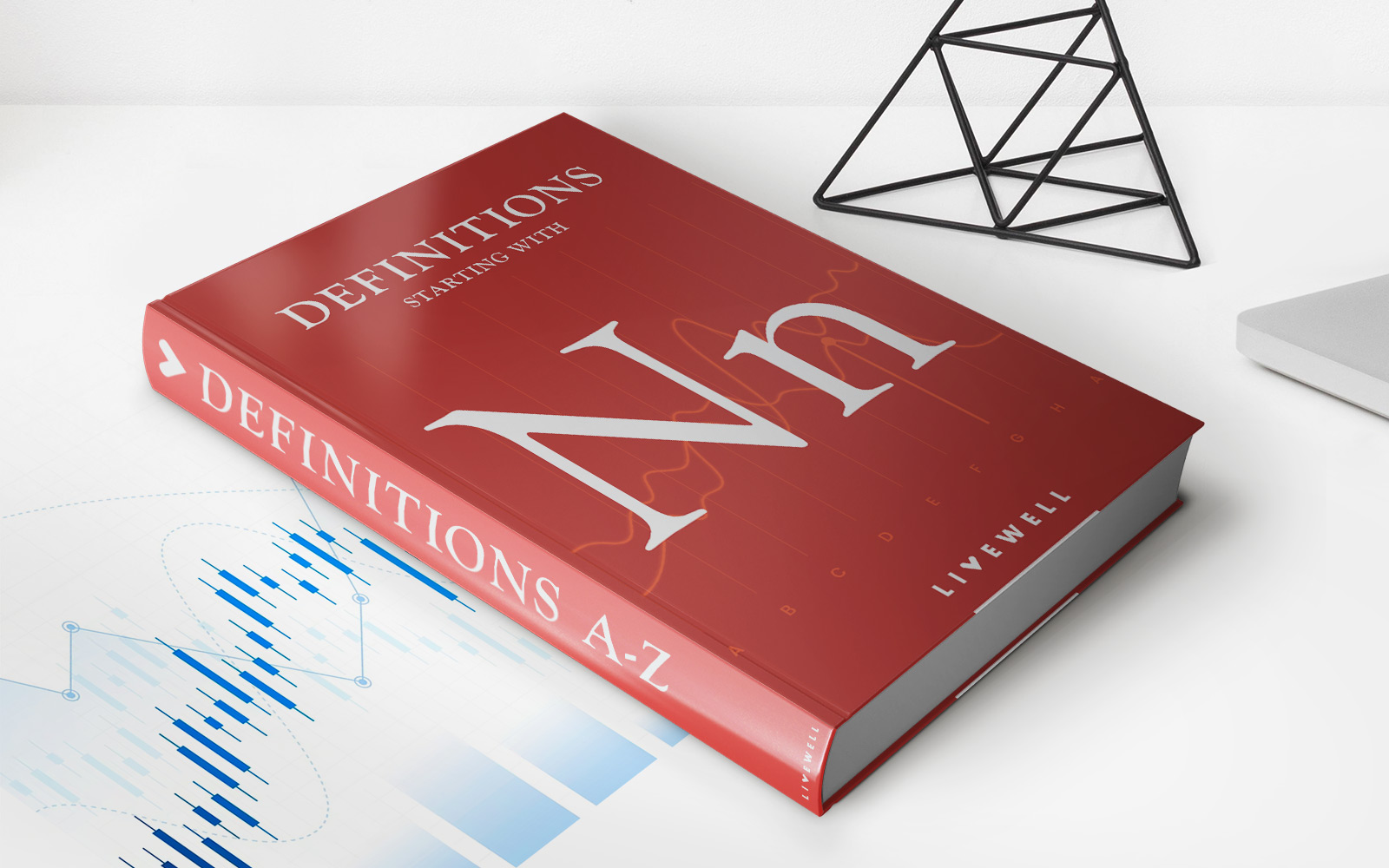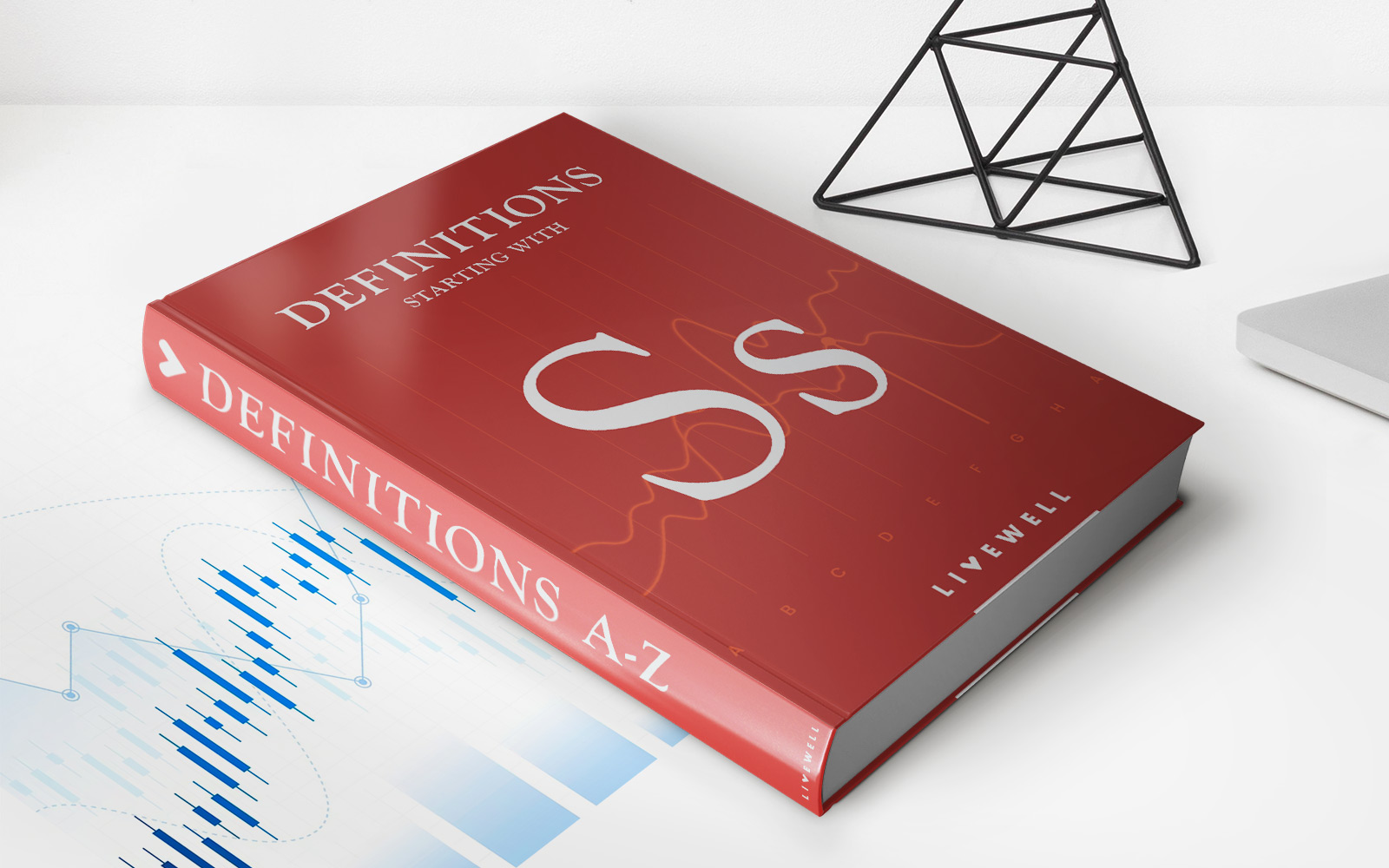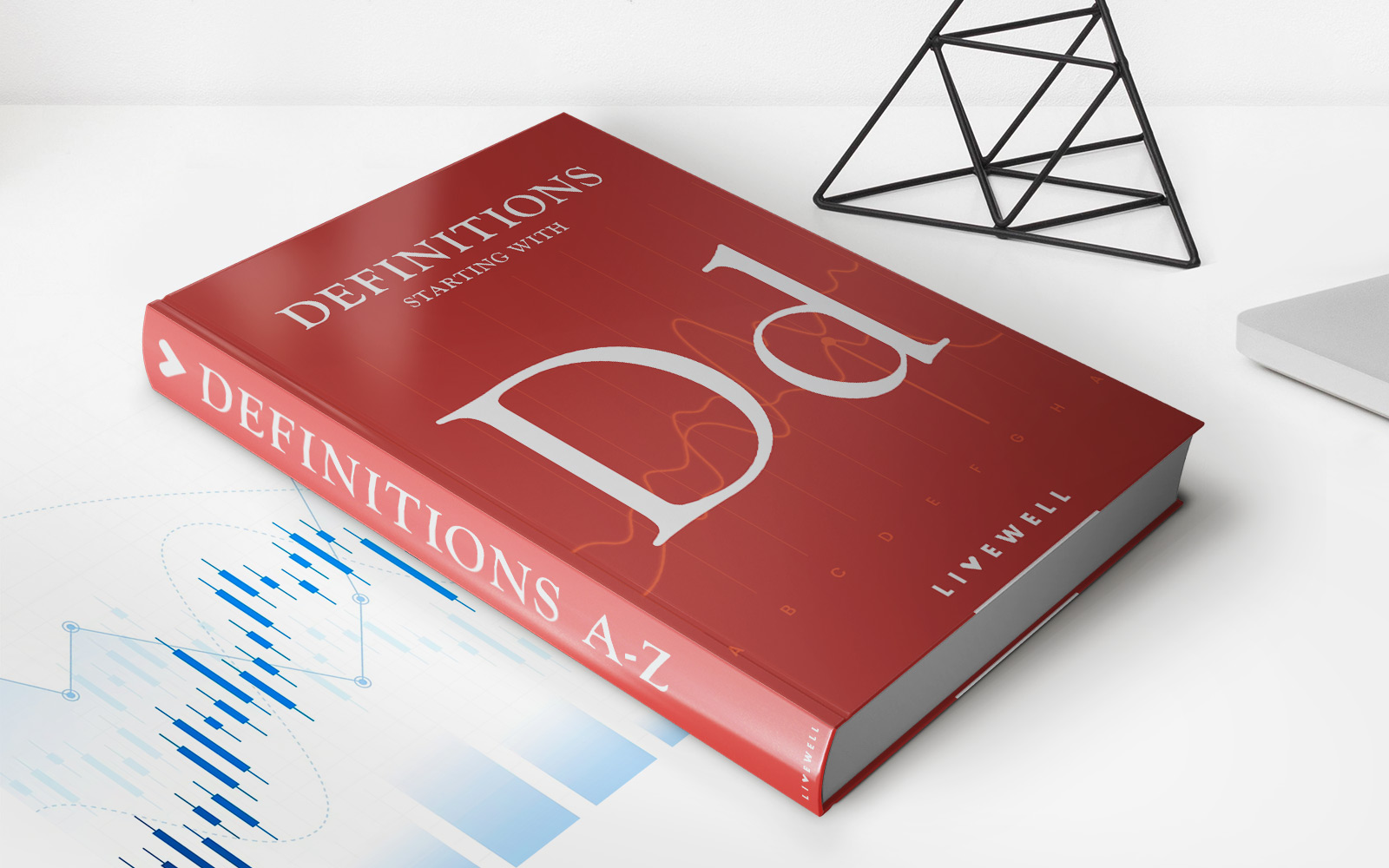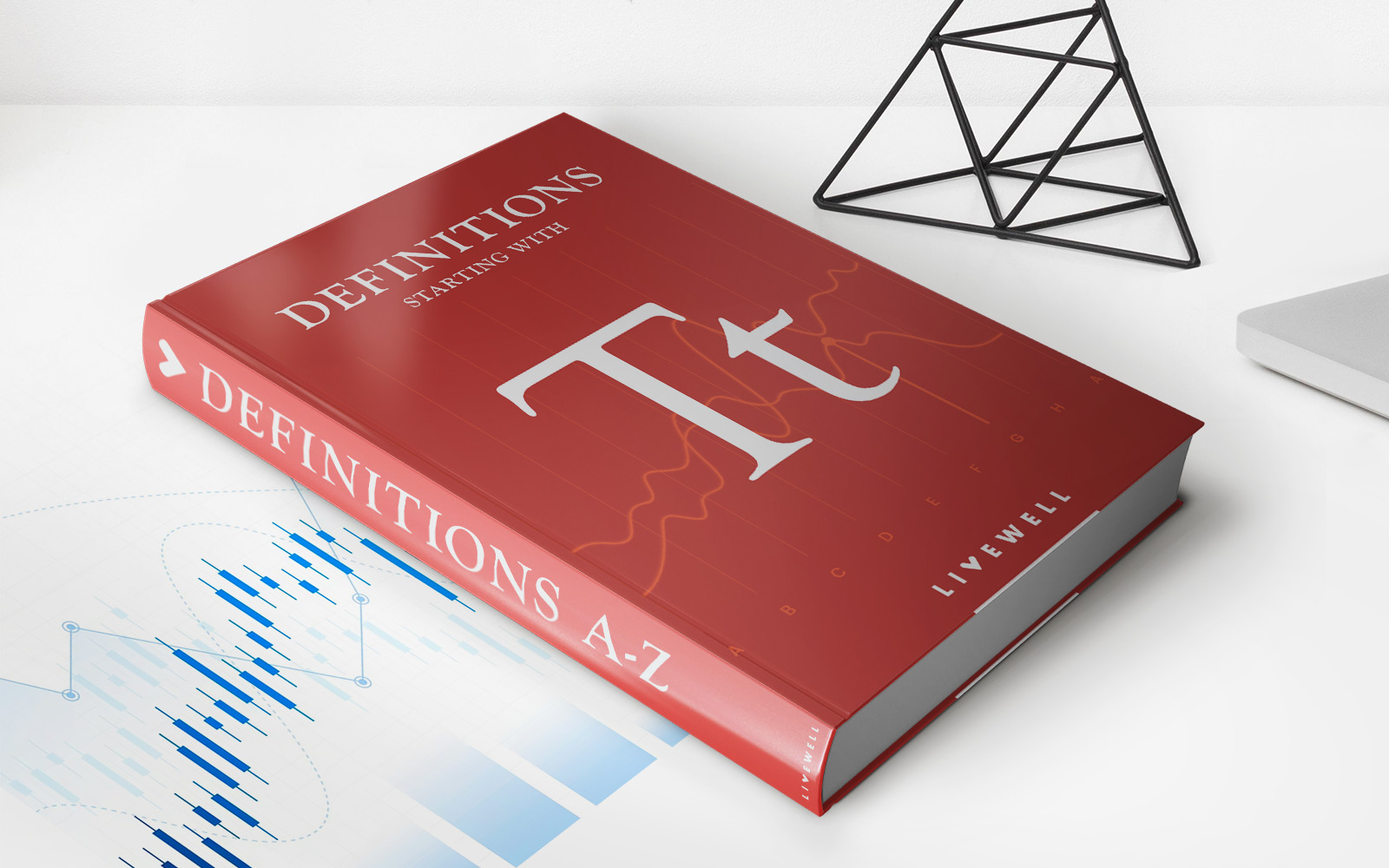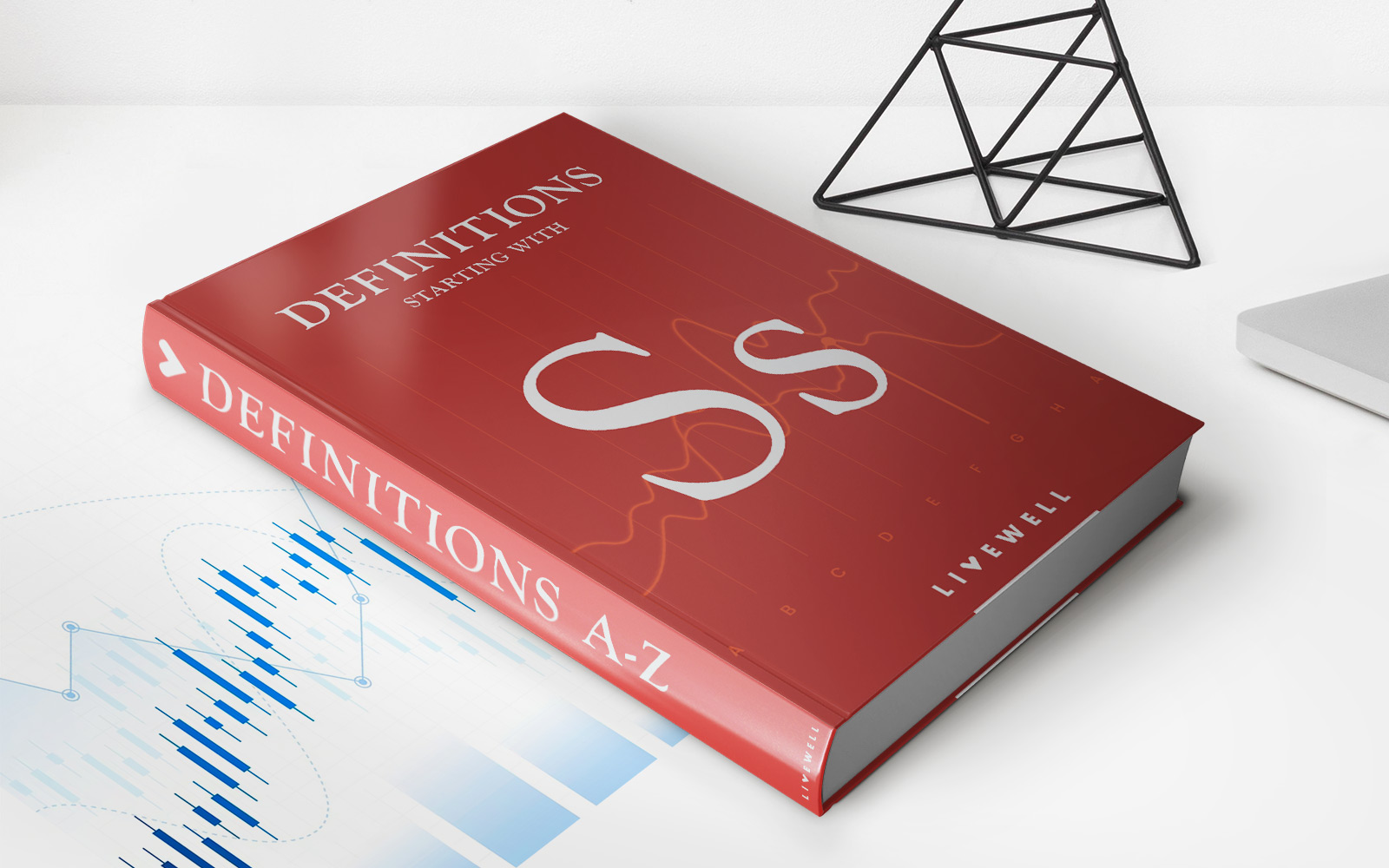Home>Finance>Keynesian Economics Theory: Definition And How It’s Used
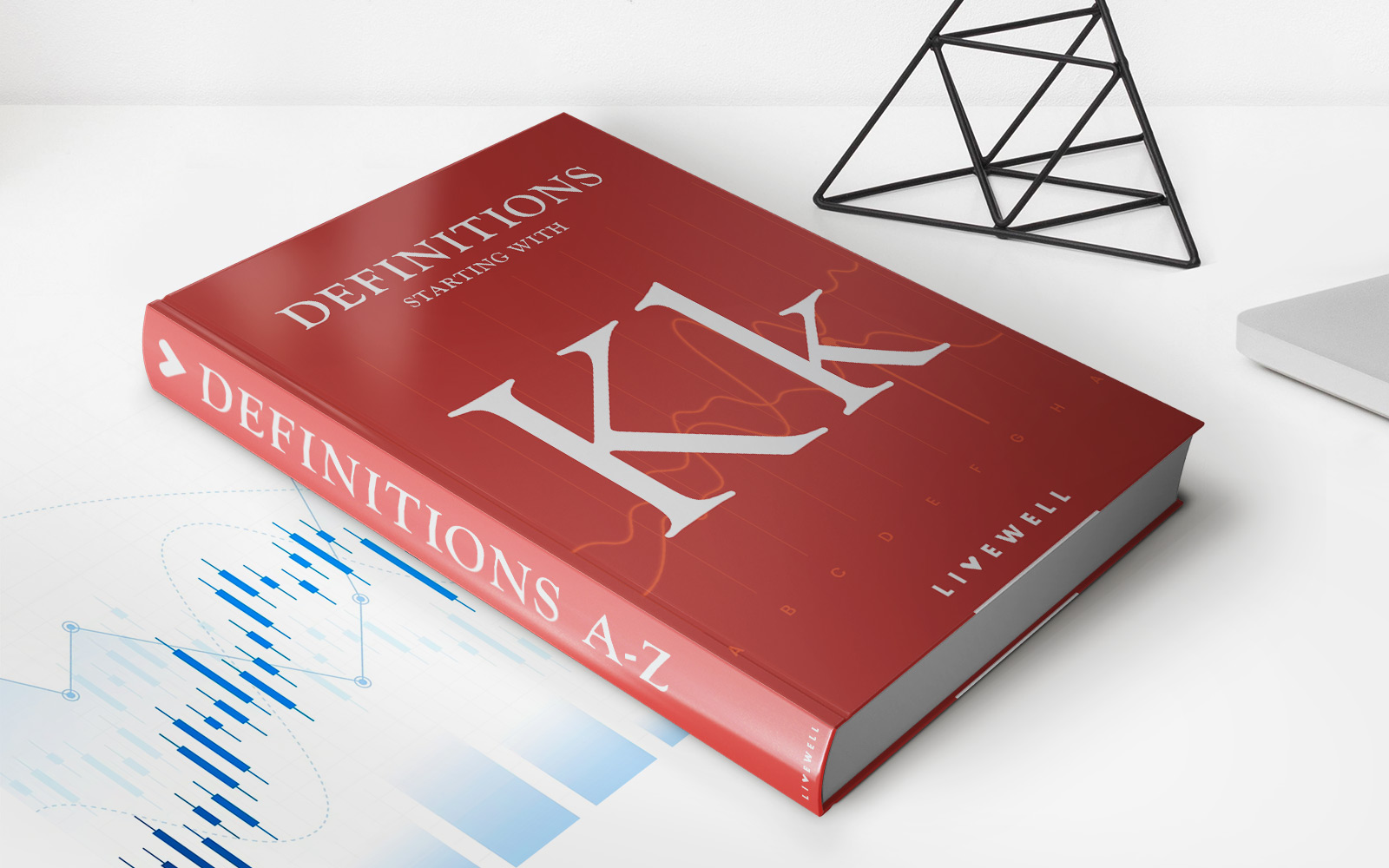

Finance
Keynesian Economics Theory: Definition And How It’s Used
Published: December 15, 2023
Learn the definition and practicality of Keynesian economics theory in finance, and how it impacts the modern world. Unlock critical insights and strategies for success.
(Many of the links in this article redirect to a specific reviewed product. Your purchase of these products through affiliate links helps to generate commission for LiveWell, at no extra cost. Learn more)
Welcome to the world of Keynesian Economics!
When it comes to the world of finance, there are many different theories and ideologies that shape how we understand and approach economic systems. One prominent theory that has had a significant influence on modern economics is Keynesian economics. In this blog post, we will dive into the wonderful world of Keynesian economics, exploring its definition and how it is used in practice.
Key Takeaways:
- Keynesian economics is an economic theory that emphasizes the role of government intervention in stabilizing the economy and promoting economic growth.
- It suggests that during periods of economic downturn, the government should increase spending and lower taxes to stimulate demand and boost economic activity.
Exploring Keynesian Economics
Keynesian economics is a macroeconomic theory developed by the renowned economist John Maynard Keynes during the Great Depression era. This theory challenges the traditional free-market theories and emphasizes the role of government intervention in managing the economy. So, how does it work?
At its core, Keynesian economics suggests that the aggregate demand – the total amount of goods and services demanded by consumers, businesses, and the government – is the key driver of economic activity. According to this theory, fluctuations in aggregate demand can lead to booms and busts in the economy. When aggregate demand falls, it can cause a recession or economic downturn.
To address these downturns, Keynesian economics argues that the government should step in and stimulate the economy. This can be done through fiscal policy, which involves the government increasing spending and lowering taxes during times of economic recession. By doing so, the government injects more money into the economy, encouraging consumers and businesses to spend and invest, respectively. The increased spending and investment, in turn, lead to an increase in aggregate demand and economic growth.
However, Keynesian economics does not only advocate for government intervention during recessions but also supports government intervention during periods of inflation. To combat inflation, which is characterized by a general increase in prices, Keynesian economists argue that the government should decrease spending and increase taxes. These measures help reduce aggregate demand, consequently slowing down inflationary pressures.
Applications in the Real World
Keynesian economics has had a significant impact on economic policies around the world, particularly during times of economic crisis. Governments often rely on Keynesian principles to steer their economies during recessions or periods of low growth.
Some key areas where Keynesian economics has been applied include:
- Countercyclical Policies: Governments implement countercyclical policies to stabilize the economy during downturns. By increasing spending and reducing taxes during economic recessions, they aim to stimulate demand, create jobs, and foster economic growth.
- Inflation Targeting: Governments use Keynesian economics when setting inflation targets. By adjusting fiscal policy measures, they aim to keep inflation within a desired range, taking into account the impact on growth and unemployment.
- Public Works Projects: Keynesian economics argues that government spending on public works projects, such as infrastructure development or construction projects, can stimulate economic activity and create jobs during times of high unemployment.
- Income Redistribution: The idea of income redistribution is also influenced by Keynesian economics. Governments may implement policies to reduce income inequality by introducing progressive taxation or providing social welfare programs.
In Conclusion
Keynesian economics offers a valuable framework for understanding and managing the economy. By highlighting the role of government intervention in stabilizing and fostering economic growth, it provides policymakers with tools to address recessions and inflationary pressures effectively.
So, the next time you hear about government spending or changes in taxation, you’ll know that they might just be employing Keynesian economics to steer the economy in the right direction!
